The strawberry harvest is over for this year. There are still a few small berries in the beds, but the days of having to go out morning and night to keep up, and being able to pick quarts at a time are finished. This year’s harvest was good. I’ve done a reasonable job this year of keeping the beds weeded, always a difficult task. I took some pictures of the six weeds that showed up the most this spring. Ranked relative to occurrence and obnoxiousness, they are:
Oxalis or wood sorrel – Oxalis stricta – is the worst offender. Fortunately, it can be easily weeded before it gets too large. When small, it is very weak rooted and the plant lifts right out with little effort. This is one of those “good weed/bad weed” plants, bad only because it is in the wrong place. It’s completely edible, and a useful herb in the right situation, but in my garden it’s only a royal pain.
Next on the list of bad guys in the berries is quickweed or galinsoga – Galinsoga ciliata. Again, it’s an edible weed, but I say no thanks to eating it. If left uncontrolled it can ruin a garden in short order. When young, it is very shallow rooted and easy to pull by hand.
Foxtail – Alopecurus – There are lots of grasses that fall under the name foxtail, and I have no idea which of the many species are in my beds. The good thing about foxtail grasses are that they are easy to weed, the whole root usually lifts right out.
Black medic – Medicago lupulina – This clover plant sets a deep tap root very quickly. If it isn’t weeded when small, it is difficult to get the root out.
Crabgrass – Digitaria- The other grass that shows up a lot is crabgrass. Again there are many species, and I’m not too interested in trying to figure out which ones are in the garden. If let go very long they set roots too tough to remove by hand pulling, but my CobraHead can rip out even the largest of them.
Ground Ivy – Glechoma hederacea – locally, this is called creeping Charlie. It makes up a good portion of my lawn, so it’s not all bad. In the strawberries it is very difficult to weed. It lays down additional root clusters along its stems as it snakes across the ground. It’s close to impossible to get it all out if it gets a head start.
I’ll go back over my two new beds again soon to try to give them another good grooming. And they’ll still need more weeding before winter sets in, otherwise production will suffer next year. I’m not too worried about keeping ahead on the old bed, as I’ll be ripping that out totally next spring to start a new bed in my three bed strawberry rotation.

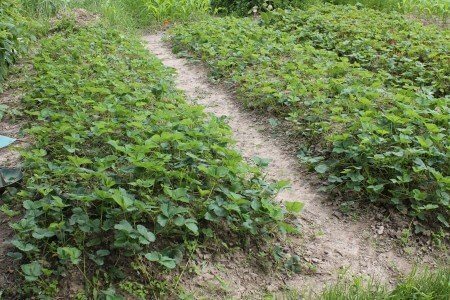
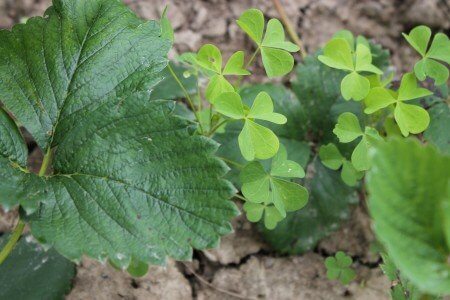
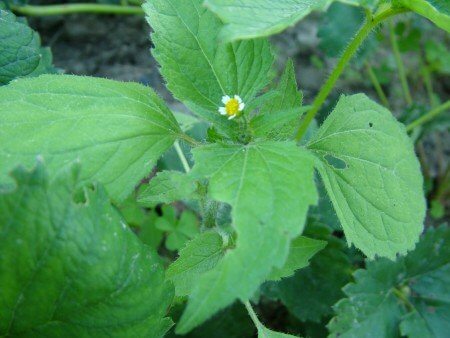
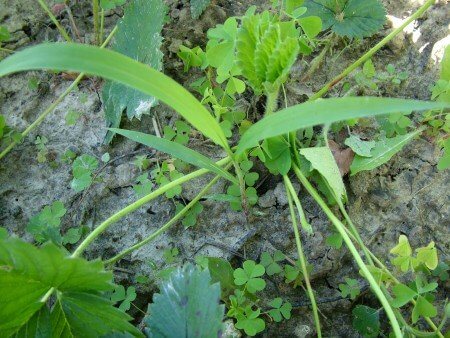
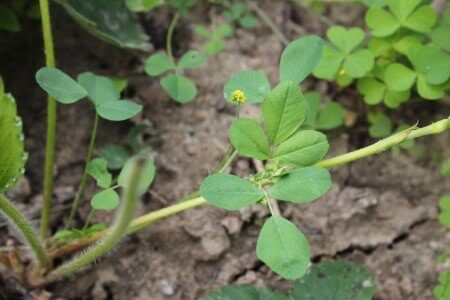
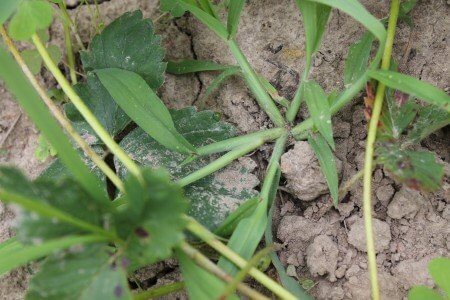
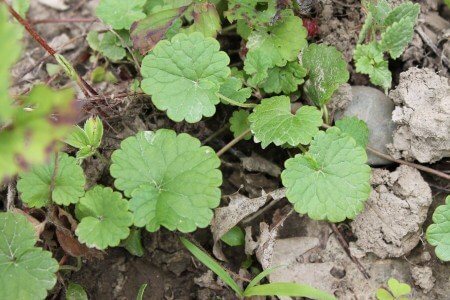
Being able to identify the weeds and what you are dealing with is as important your ability to id nursery plants. I really appreciated the photos and the information.
I cannot wait to receive both my cobra head weeders. The pictures that are posted are exactly what I am dealing with!!!
Many many thanks for posting the pictures!!! I am so happy with your newsletter and the info you provide!!
Good information on the weeds!!! Especially the names!
Love my Cobrahead weeder. Got it years and use it nearly every time I weed. Thanks for a great product!
Thanks for the picture of Quickweed. I got burned two years ago by Stinging Nettle & have been deathly afraid of touching it again. Now if I see that tiny little flower. I will take my gloved hand over a plastic bag (just as I would do with poison ivy) and pull it out. Sigh.